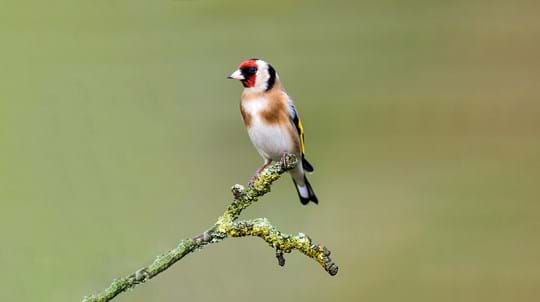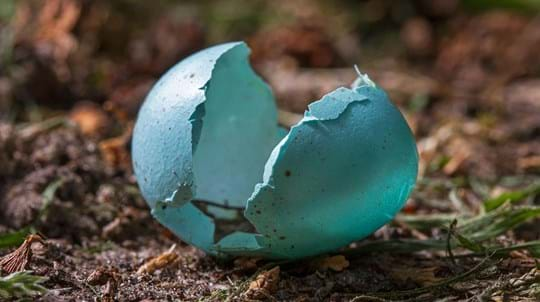
Credit: David Chapman / Alamy Stock Photo
What do hawfinches eat?
The hawfinch diet is mainly made up of seeds, including hornbeam and beech, as well as the kernels of hard-stoned fruit – particularly cherry and plum. They'll also take buds, shoots and, occasionally, invertebrates like beetles. Chicks are fed on regurgitated seeds, caterpillars and other larvae.
Hawfinches mostly feed in high-up branches but can sometimes be spotted foraging beneath trees.









